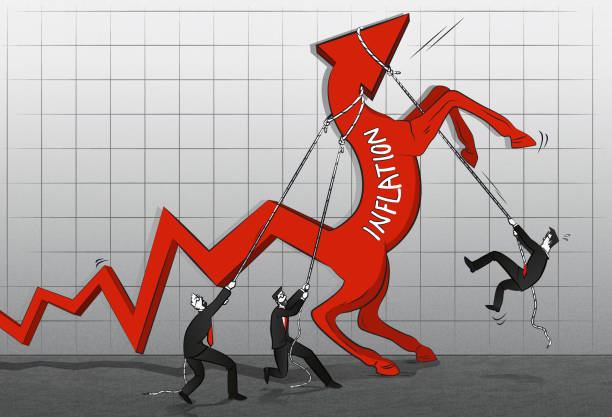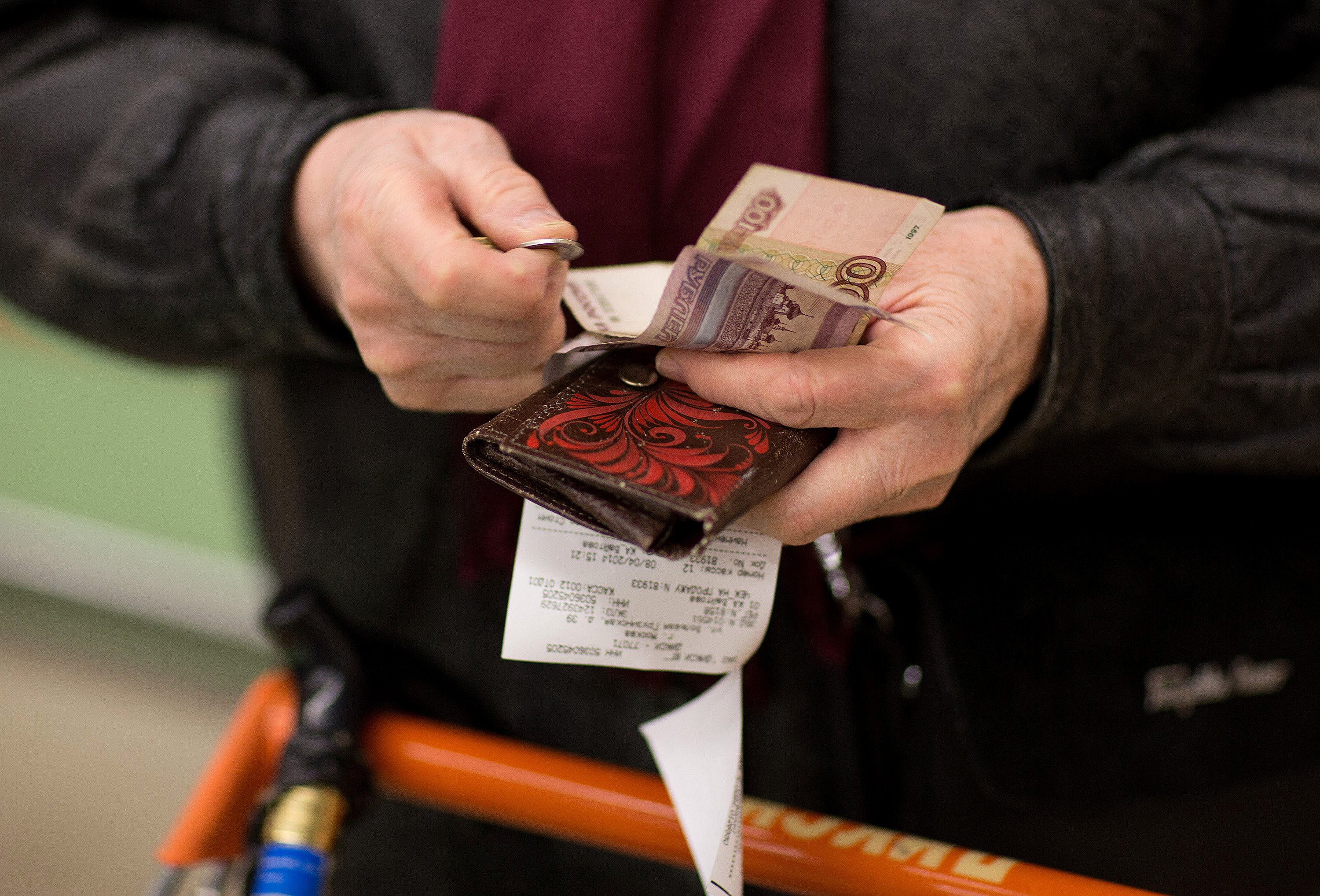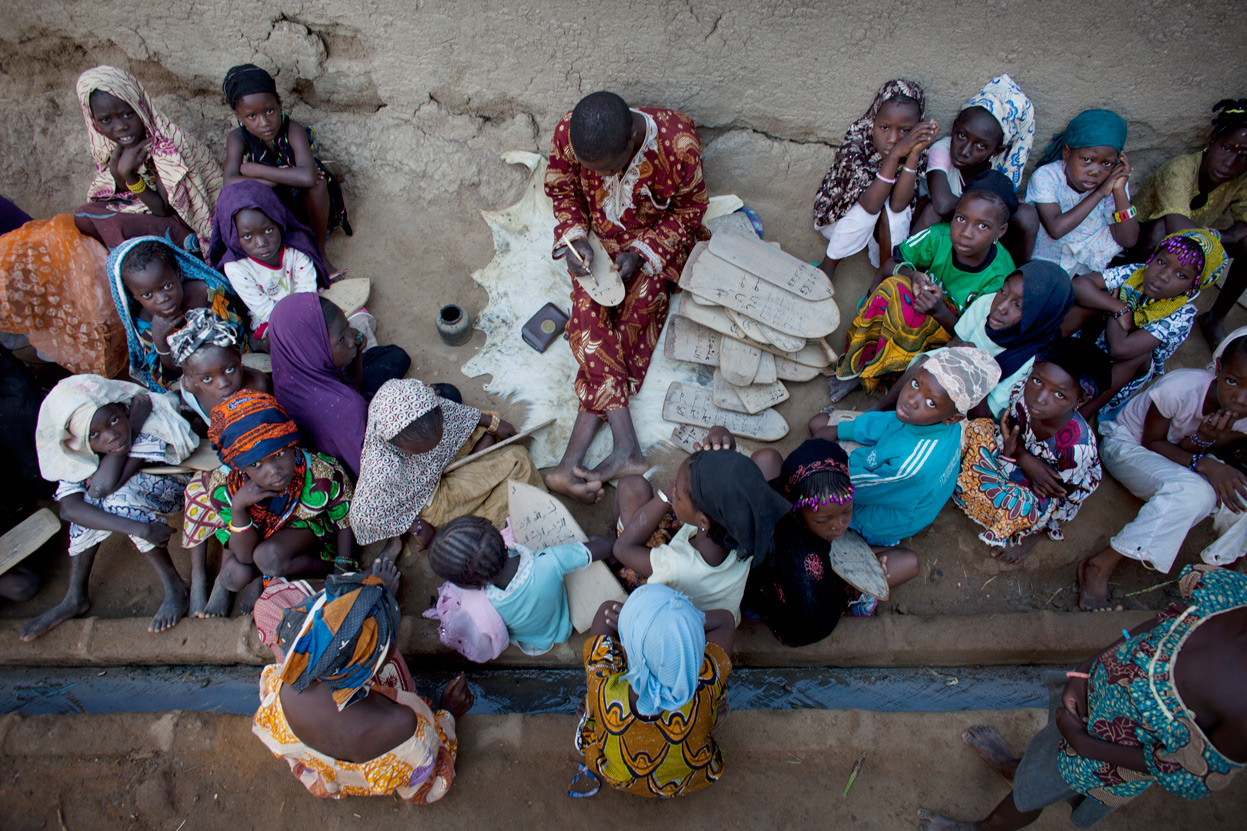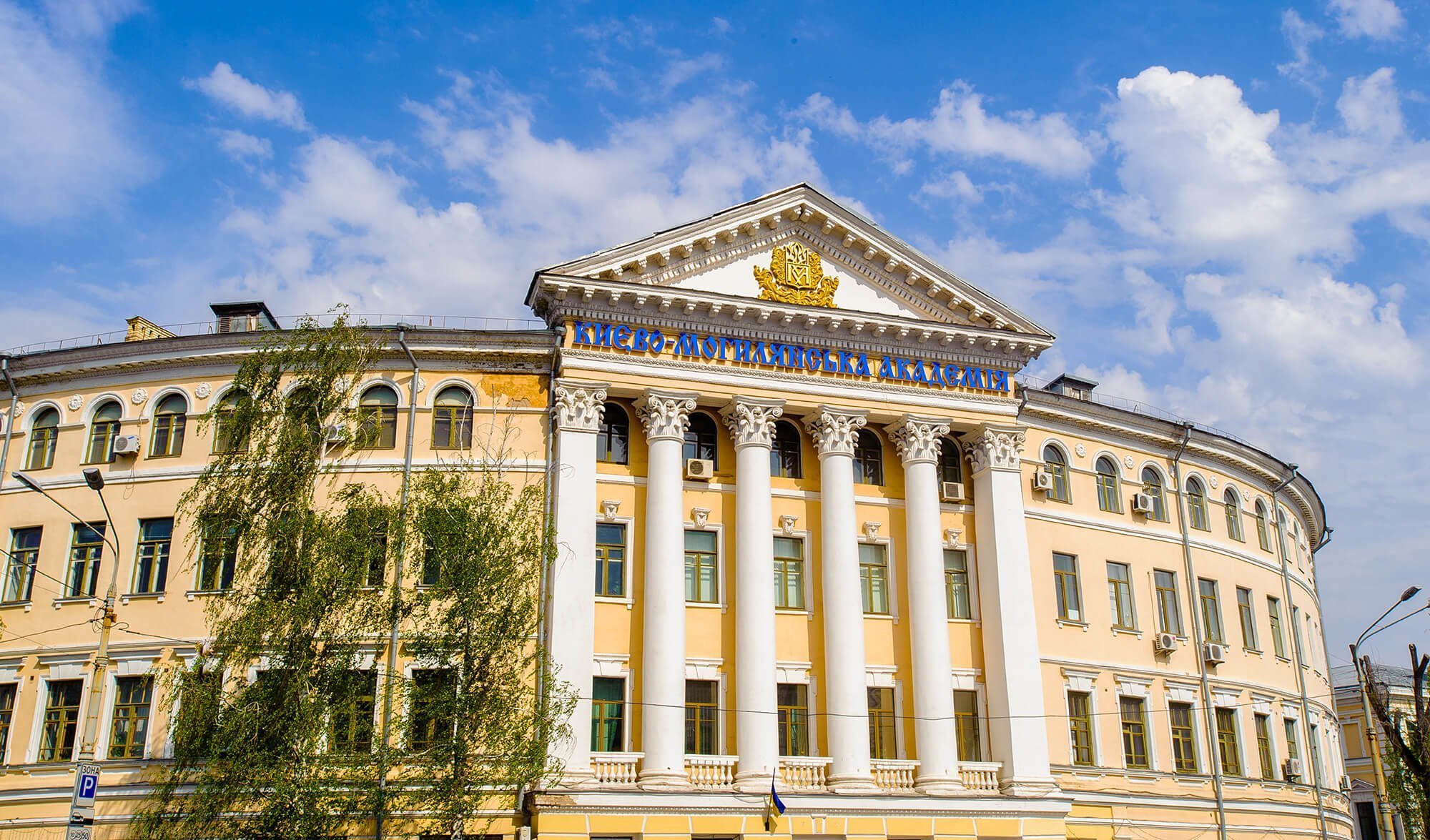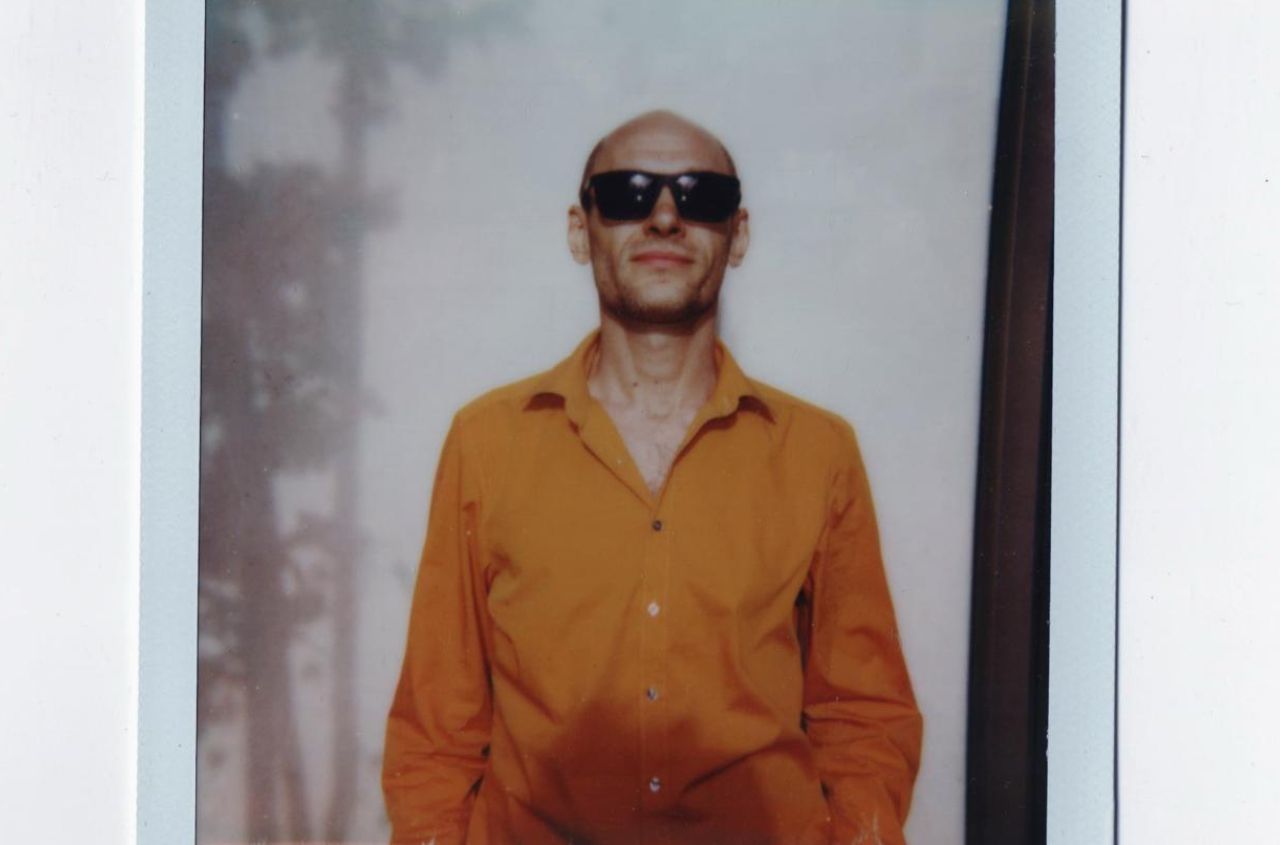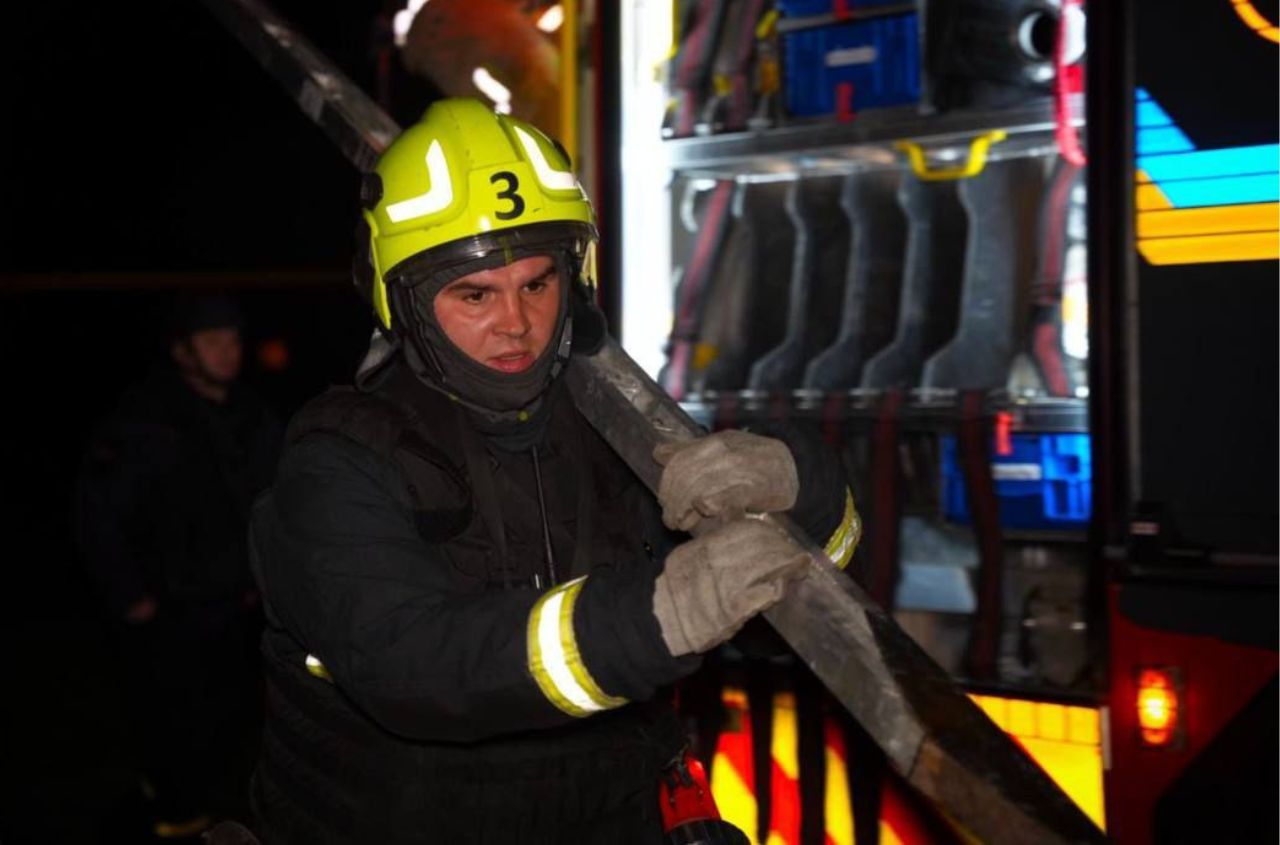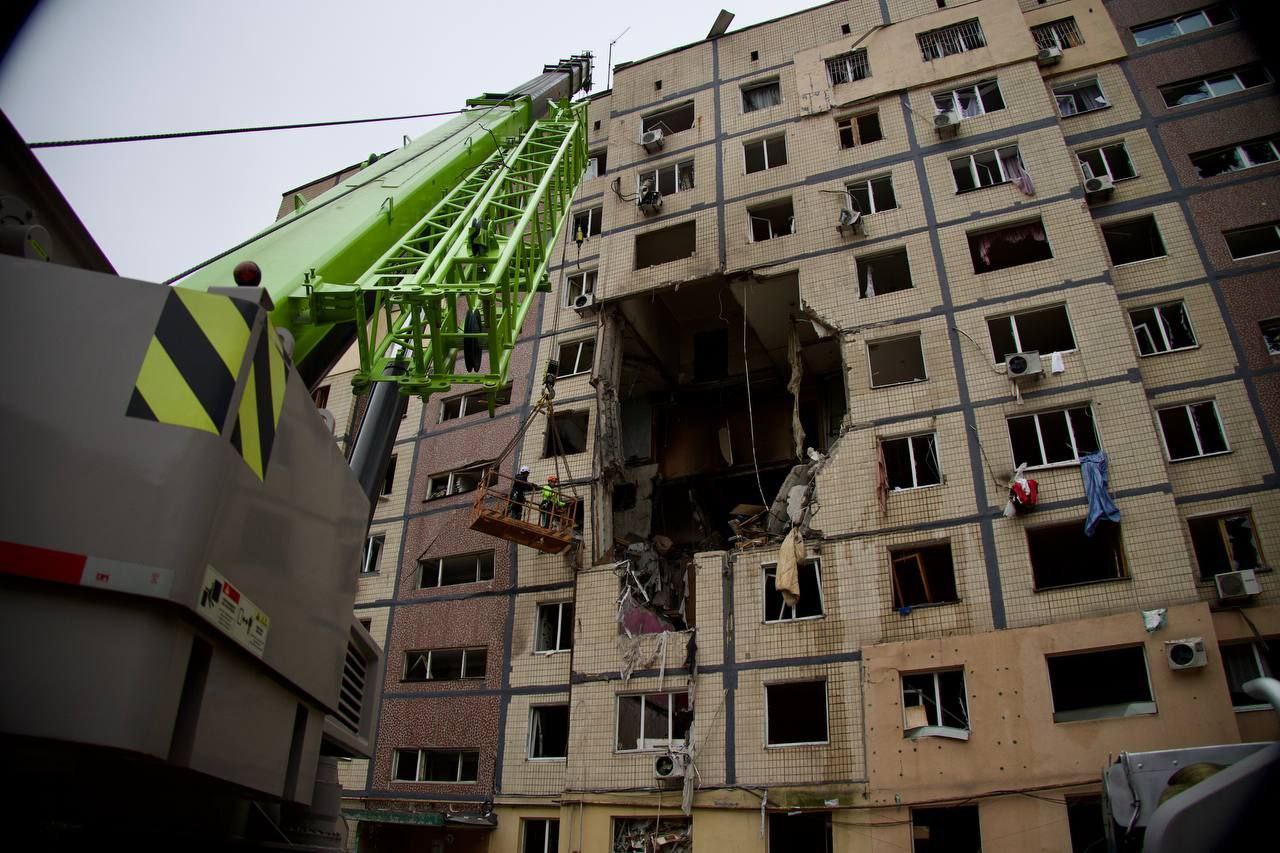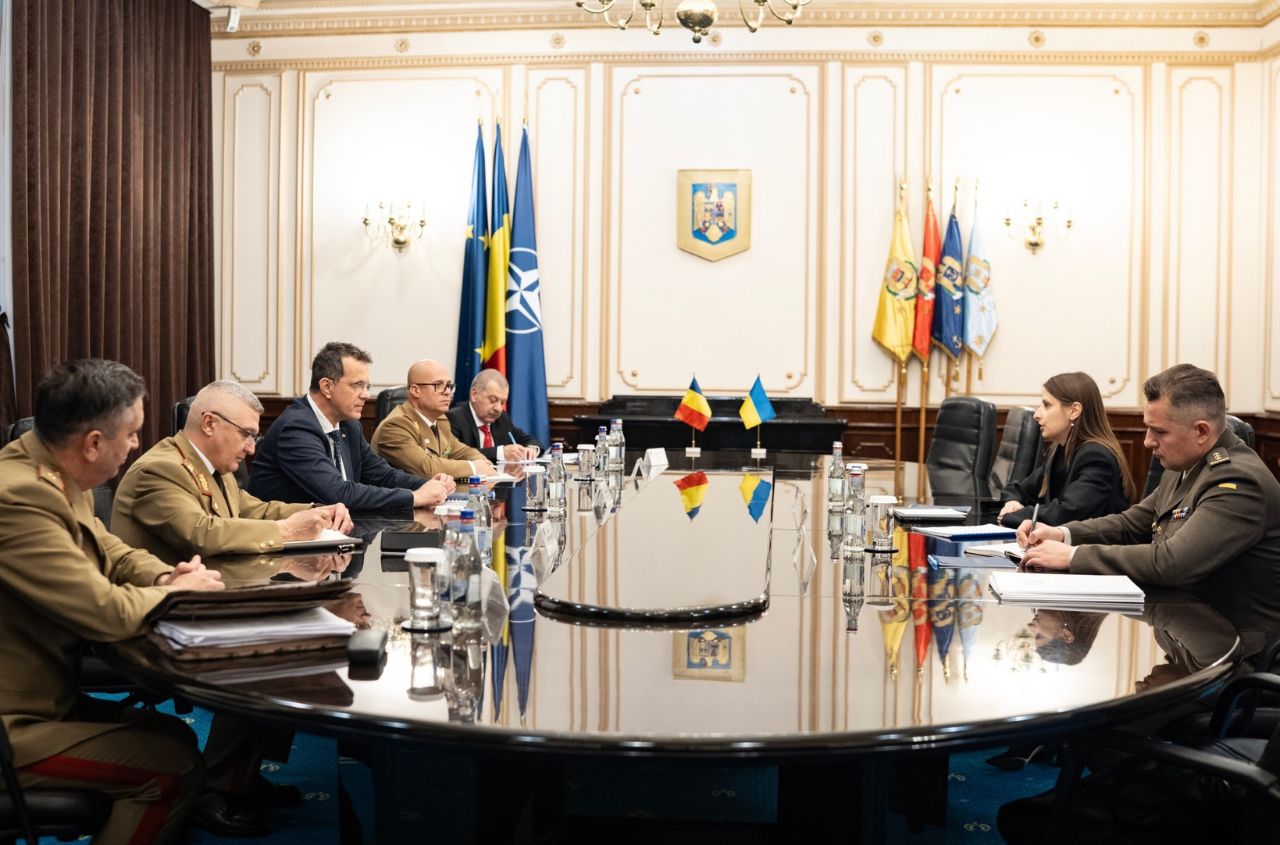In an attempt to "calm" domestic sentiments, the Russian Federal State Statistics Service (Rosstat) officially reports an annual inflation rate of 10.3%. However, the real "inflation for the poor" (the consumer price index for basic goods) has already reached 17%. This is 1.7 times higher than the official figures and casts doubt on the reliability of official statistics when evaluating Russia's socio-economic situation.
On April 25, the Central Bank of Russia decided to keep the key interest rate at 21%, signaling a continuation of its tight monetary policy. This, in turn, reduces investment activity in Russia, slows GDP growth, and increases the financial burden on businesses.
Due to the high overall price level (despite the so-called "reduction in inflationary pressure"), the regulator is forced to maintain tight monetary conditions to bring inflation back to the target level of 4% by 2026. The Central Bank of Russia forecasts the average key interest rate for 2025 to be between 19.5% and 21.5%.
Further strengthening of the ruble is extremely unlikely due to the unstable nature of the foreign trade balance and geopolitical uncertainty.
The Ukrainian Foreign Intelligence Service predicts that under conditions of high inflation, the continuation of the Kremlin's current policies will lead to further declines in real incomes and increased social tension in the country.










